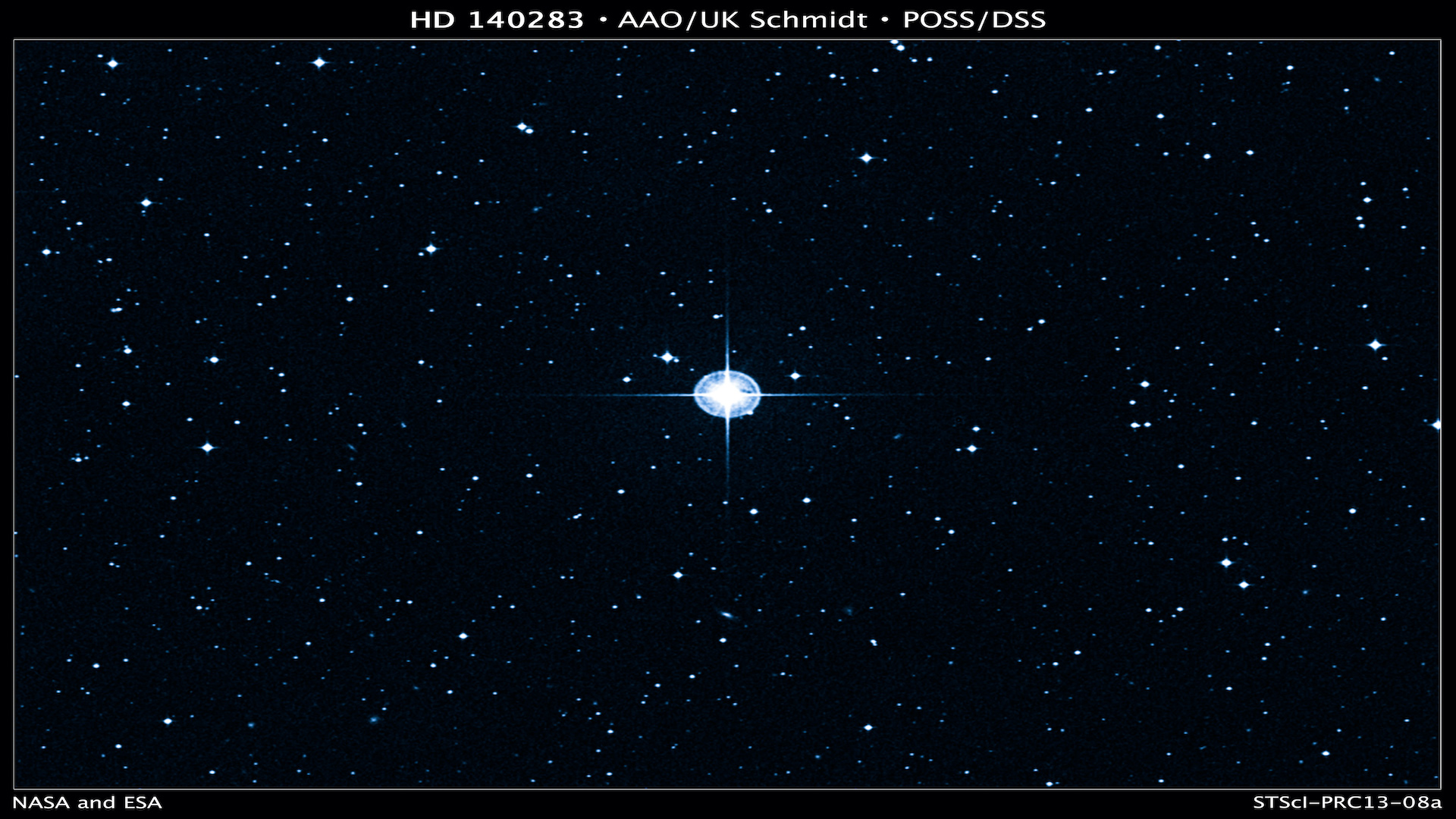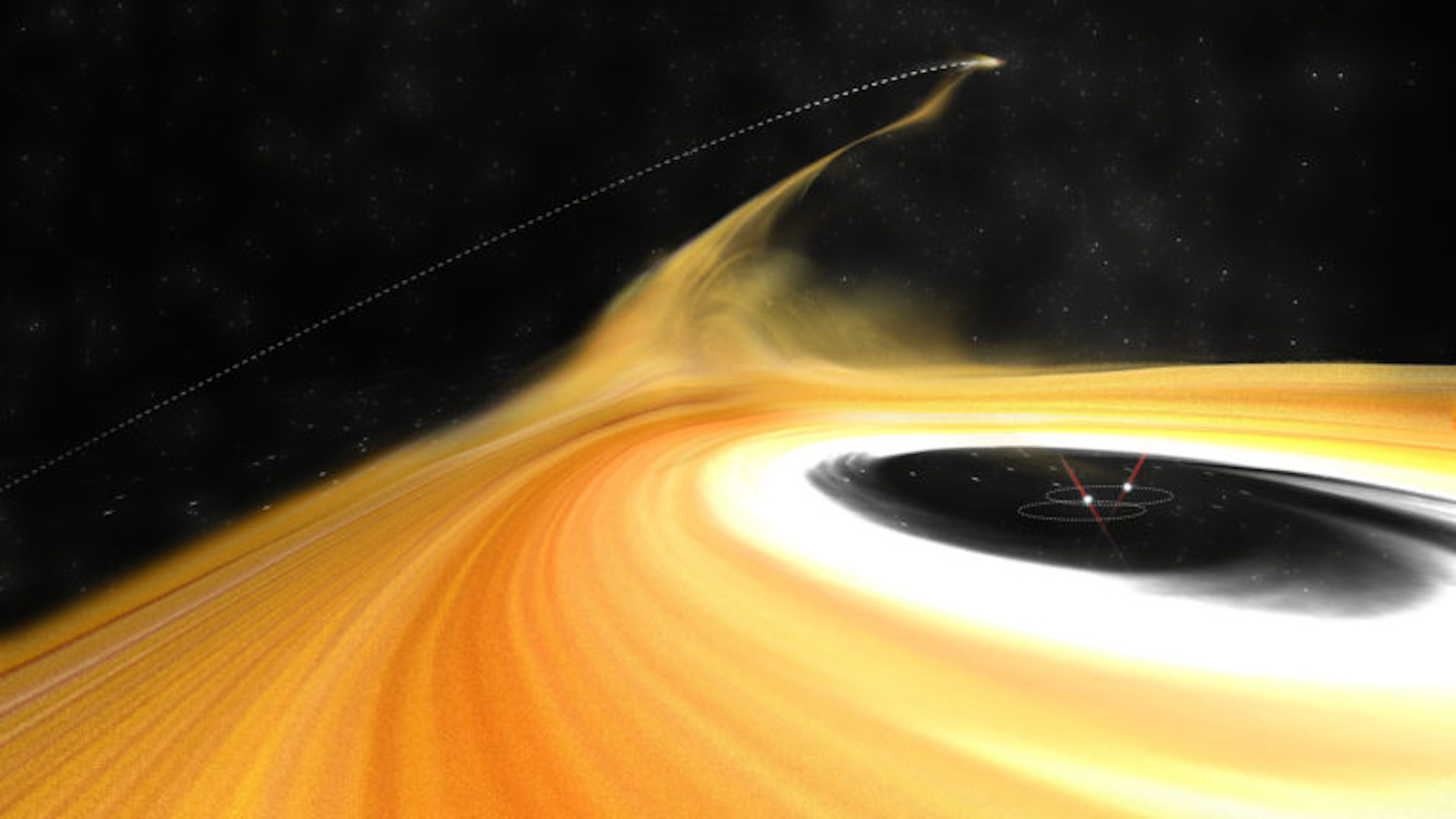
What's the oldest star in the universe? What about the youngest?
Do astronomers know which star is the oldest and which is the youngest in the universe? How can they tell?

Among the countless stars glittering in the vastness of space, some are so old they have experienced the dawn of the universe, and others are so young that not even the most powerful telescopes on Earth have been able to observe them. But is it possible to know which star is the youngest and which is the oldest?
The youngest star in our universe is difficult to pinpoint because stars are constantly being born, but there are a few candidates among the ones we know. In contrast, scientists have known about the oldest star on record — appropriately nicknamed Methuselah — for decades.
Stars are born deep inside enormous clouds of dust and gas known as nebulas. According to NASA, some clumps of gas in the nebula are weighed down by so much material that their own gravity forces them to collapse (since more mass means more gravity), and the intense gravitational pull in the center of a collapsing cloud causes gas — mostly hydrogen— to accrete into what becomes a protostar. These star embryos start to fuse hydrogen nuclei into helium and emit radiation in the process. A star cannot be called a star until it radiates energy, which is how it becomes so incredibly bright. Some faint stars are only just shining into life.

Astronomer Ruobing Dong, an assistant professor in the Department of Physics & Astronomy at the University of Victoria in Canada, has observed these nascent stars. He led a 2022 study in the journal Nature Astronomy on a binary protostar system that is thought to be only about a million years old. Dong and his colleagues were able to put an approximate age to some of these star embryos. They often throw tantrums, otherwise known as accretion outbursts.
"When the stars undergo accretion outbursts, they become hotter and much more luminous," Dong told Live Science in an email. "The material around them is heated up. Ice in the protoplanetary disk may evaporate, and some chemical reactions in the disk may be triggered because the material is heated up."
Because young stars are still accreting material, they expel immense jets of gas, or gaseous outflows, from either end as a result. This means they are still accreting mass. Because outflows fade as they grow older, the amount of gas being released helps astronomers estimate a star's age. More gas means a younger star.
Meanwhile, estimates of the age of HD 140283, the star known as Methuselah, have sparked controversy. Early estimates from observations made in 2000 put it at 16 billion years old, according to NASA. That would have made it older than the universe, which is around 13.8 billion years old. Astronomers immediately suggested there had been an error in how the age of this star was calculated. If not, that raised the possibility that the universe came into existence eons earlier than previously thought.
Sign up for the Live Science daily newsletter now
Get the world’s most fascinating discoveries delivered straight to your inbox.
To get to the bottom of the matter, astronomers used the Hubble Space Telescope to re-determine Methuselah's age in 2013, and came up with an estimate of 14.5 billion years based on its brightness and its distance from Earth, which is about 190 light-years. That would make it only slightly older than the cosmos, though there are error bars on the age estimate.
Related: What is the largest known star in the universe? (What about the smallest?)
"We measured the distance in order to determine the absolute luminosity, and thus the age, with the help of theoretical studies of stellar evolution," said Howard Bond, an astronomer emeritus at the Space Telescope Science Institute, the operations center for the Hubble Space Telescope in Maryland, who helped date Methuselah. "We found an age that was compatible — within the uncertainties of the measurement and of the theory — with the age of the universe."
Methuselah is a subgiant star, which is brighter than most stars but still not as bright as giant stars, which are so huge that their size seems abnormal for their temperature and mass, Bond told Live Science in an email. Subgiants are also redder than giants. Stars release energy by burning hydrogen in their cores and converting it to helium through nuclear fusion. Massive stars reach the subgiant phase when they begin to deplete their hydrogen reserves. In this phase of a star's life, its brightness, or luminosity, becomes an excellent way to estimate its age. Fainter subgiant stars are older.
Methuselah is reddish and has been slowly dimming over billions of years, though its relatively close proximity to Earth means it doesn’t appear too dim to us and can be seen with the right binoculars. The sun has hardly lived in comparison. Our star is just under 5 billion years old and expected to live about 5 billion more years, when it will cool down and swell so far into the solar system that it will engulf its orbiting planets, including Earth.

Elizabeth Rayne is a contributing writer for Live Science. Her work has appeared in SYFY WIRE, Forbidden Futures, Grunge and Den of Geek. She holds a bachelor of arts in English literature from Fairfield University in Connecticut and a master's degree in English writing from Fordham University, and most enjoys writing about space, along with biology, chemistry, physics, archaeology and paleontology.










